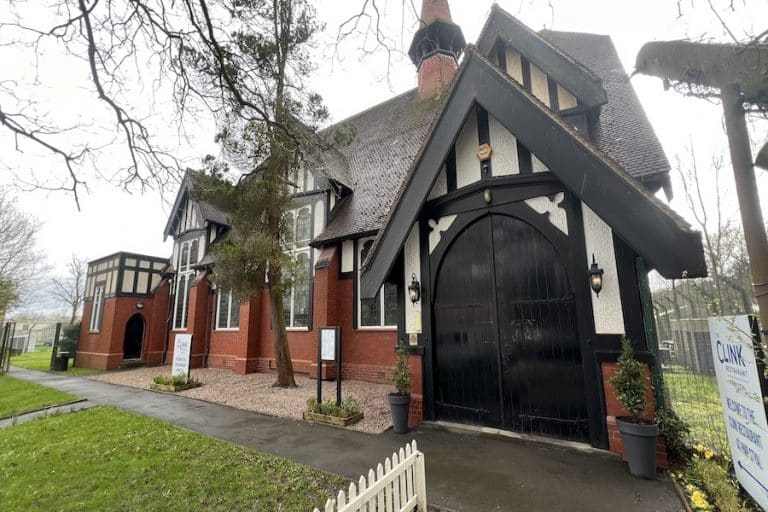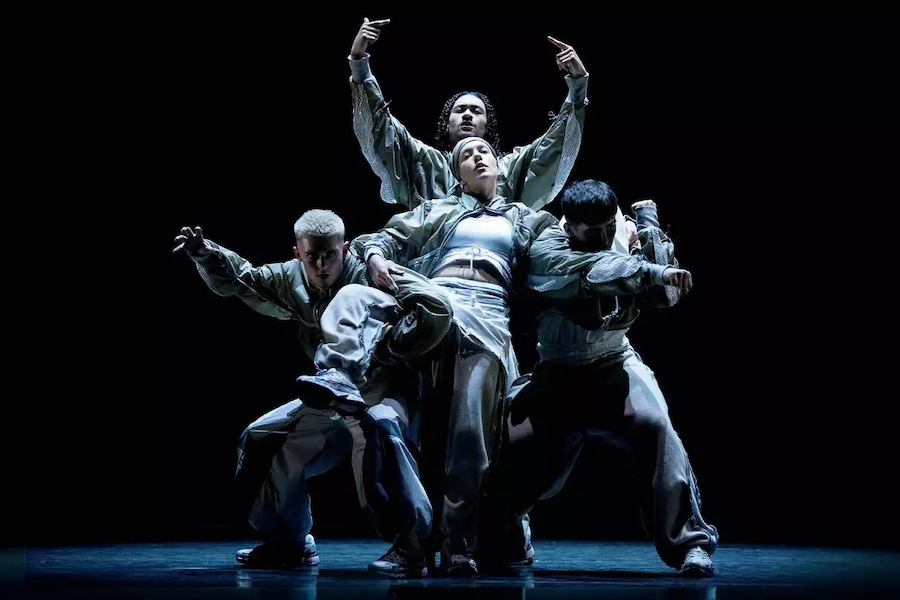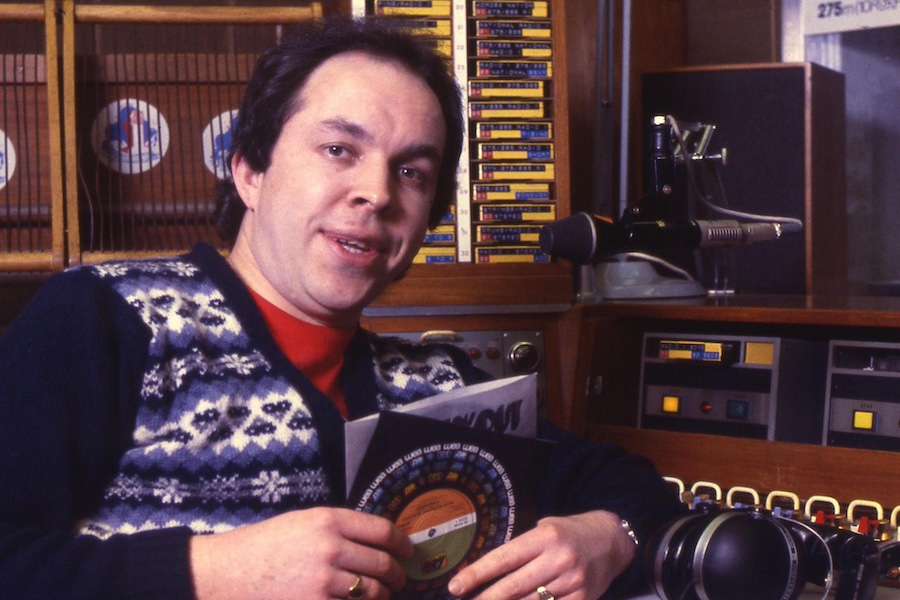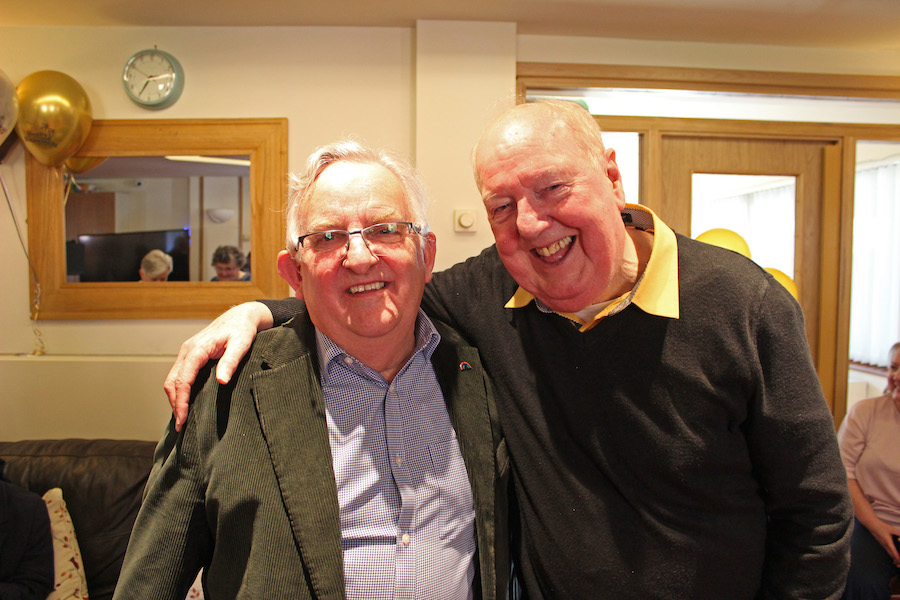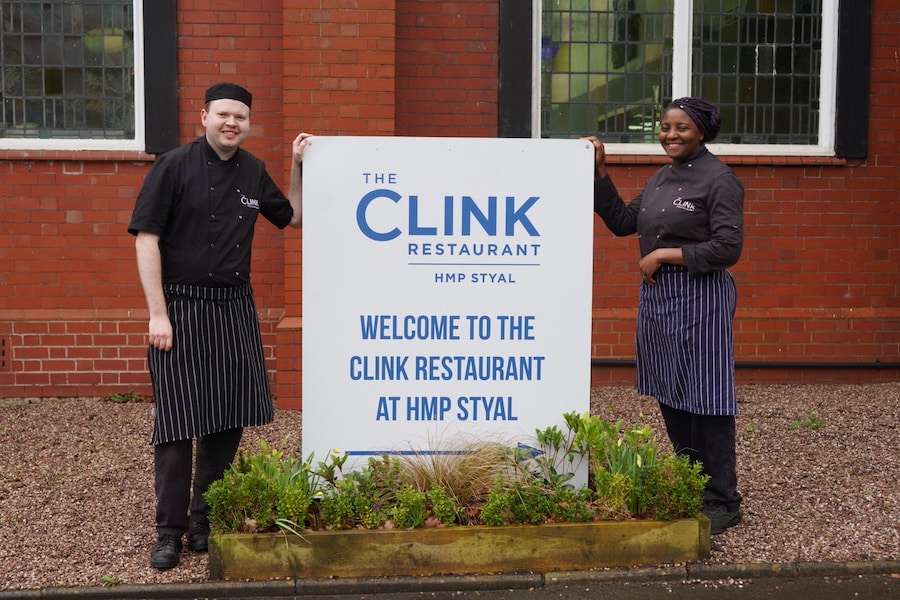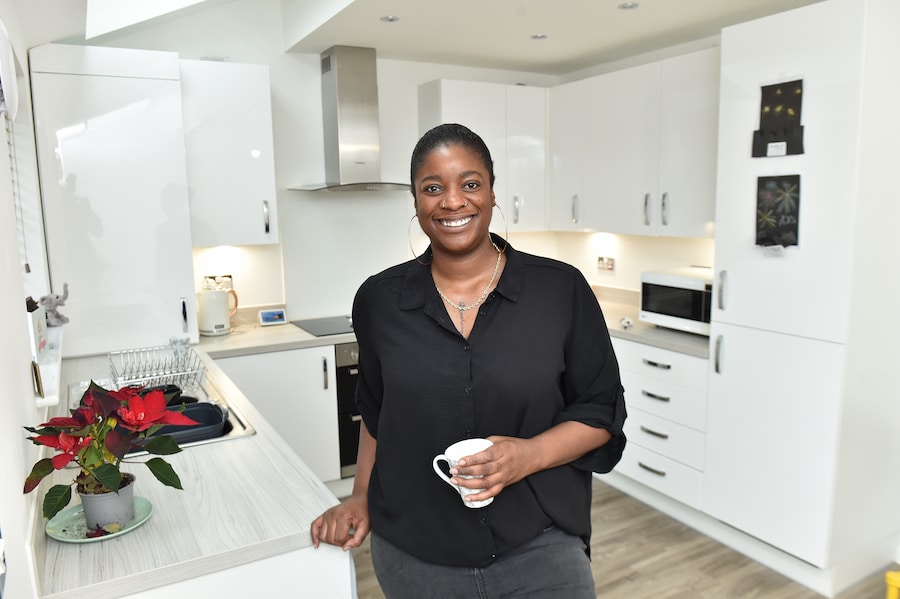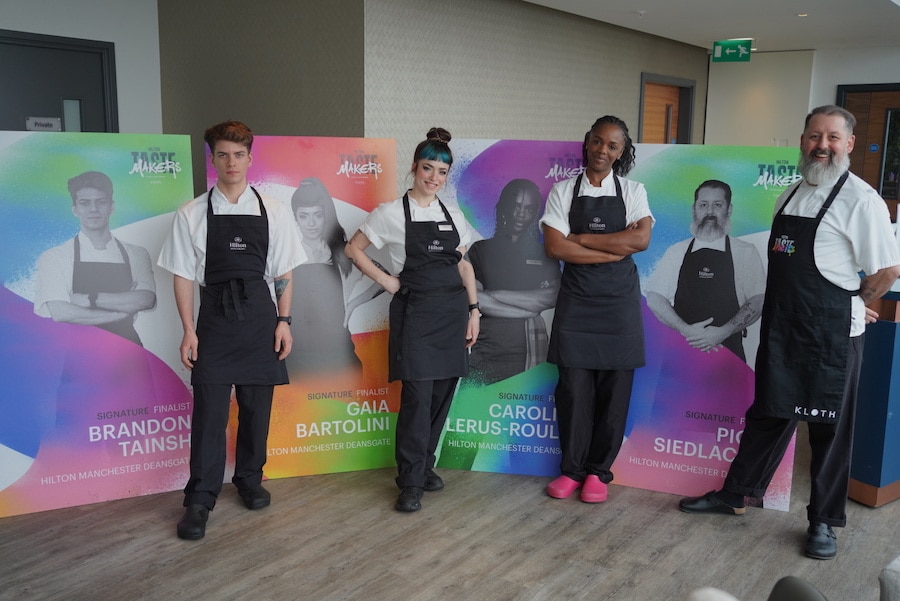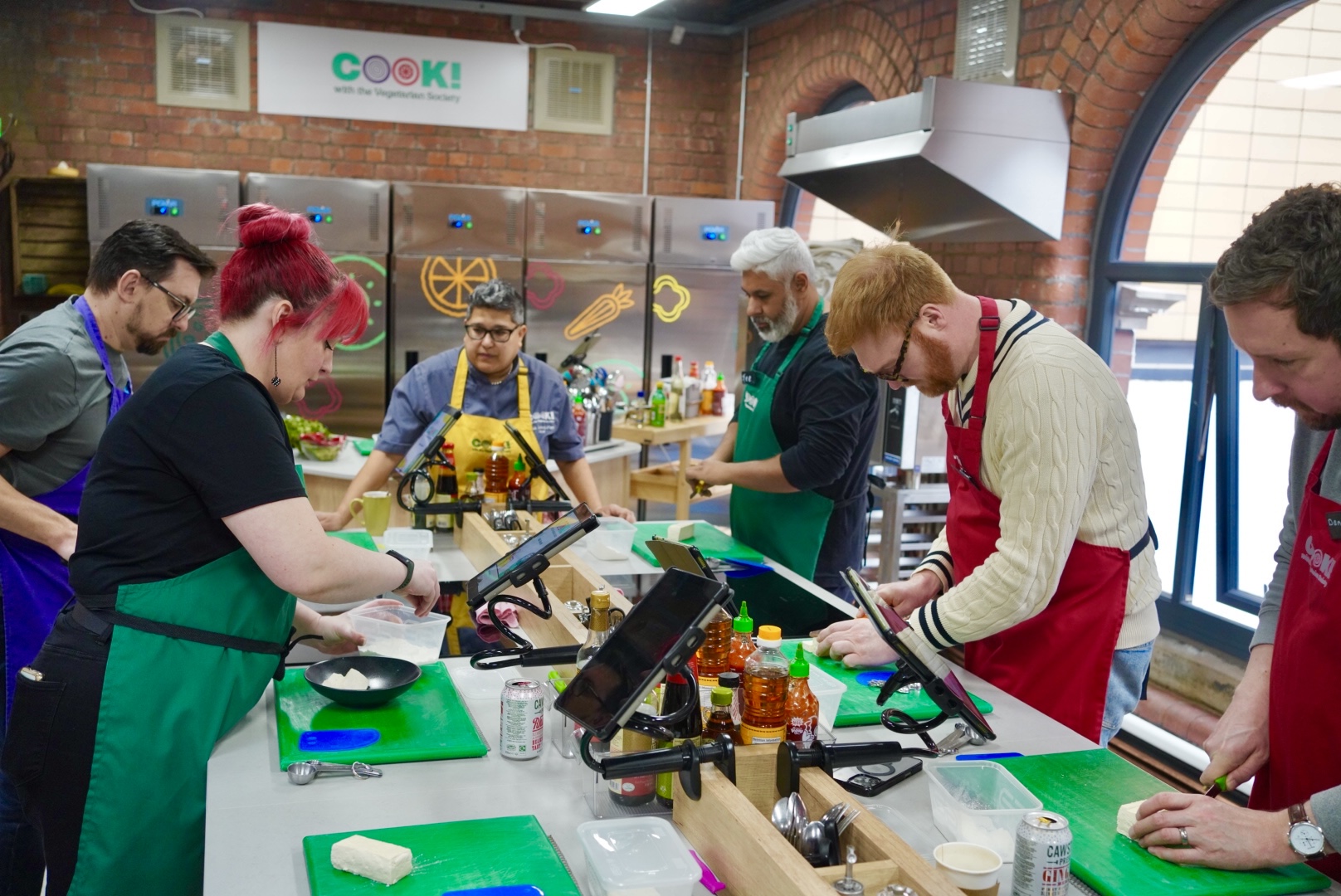Should Chinatown Car Park Become Manchester’s Newest Community Green Space?
- Written by Francis Barker
- Last updated 2 years ago
- City of Manchester, Community, People
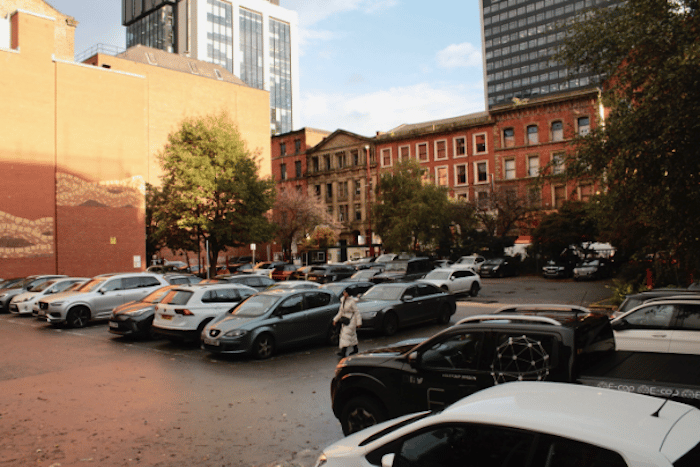
Chinatown, established over a century ago has become the second largest in the country and third largest in Europe.
Its rich history has attracted a thriving commercial presence in the heart of Manchester.
This is centred around a car park that currently acts as a hub for businesses and residents to commute to and from the area.
However, calls for more green spaces in Manchester’s interior have begun to gain traction.
Mayfield Park, which opened less than two months ago, has become a welcome addition to the city centre.
Its success has highlighted other potential open areas, including Chinatown Car Park.
James Darren, a resident of Manchester who frequently visits Chinatown said: “It’s always well used. But there’s plenty of other parking provisions around here and it’s not the biggest either, it’s not a destination car park.
“There’s definitely not enough green space in central Manchester.
“There are one or two little bits off Deansgate by the locks or the other end at Cathedral Gardens. But if you put a pin in the centre, there’s very little.
“Piccadilly Gardens feels like a transport hub, it’s quite dangerous really. There are tram lines and a bus depot but you’ve got to get across a lot of that without any crossings. And when you get there it’s not the nicest place.
“[Chinatown Car Park] has potential. There would be winners and losers but I think overall, you’d see more people come down here if they knew there was a green space to hang out in.”
Manchester, well known for its industrial infrastructure, also pioneered the Victorian idea of publicly accessible parks.
Peel Park, founded in 1846, and Alexandra Park, founded in 1868 were among the first ‘peoples parks’ commissioned and built for public use. Platt Fields Park and Heaton Park were also bought from private land-owners and opened to the public in the early 20th century.
Piccadilly Gardens and Sackville Gardens were opened in 1854 and 1900, and until recently were the City Centres only green spaces.
However, most of the large open areas were allocated well outside the busy city centre where land was far cheaper and more workers lived.
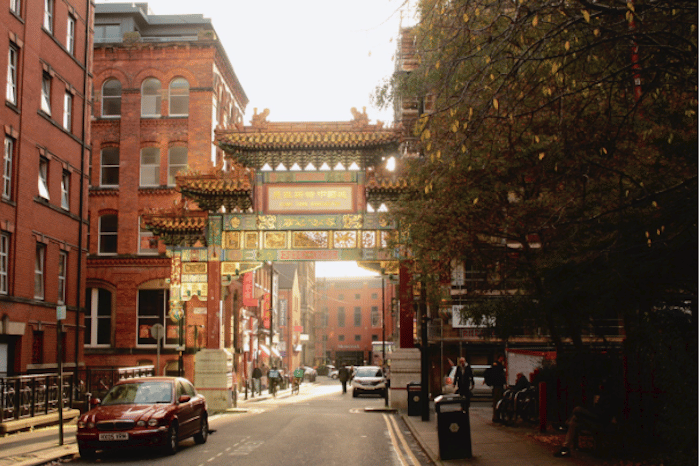
Wendy, who also lives locally said: “Centrally, there is probably not enough green space but they have just built Mayfield. It’s a city centre, you can’t expect to have that much green space at the cost of offices and parking facilities.”
Natalie, who works in the office blocks nearby said: “Personally, I think a green space would be brilliant but I don’t think anyone else would be happy because this is overrun from about 09:00 to 17:00.
“It’d be another place to take a break, Piccadilly Gardens is overrun with people you don’t really want to associate with.
“I end up sitting on the benches out here just to get out of the way. It’d be brilliant for people who work in the offices but it could just become a mess like everywhere else. Until we put things in place for the homeless it’s hard to do anything else.
“For now, it should stay as a car park until we get more parking. Although we’ve got the big high-rise, by 10:00 they’re full. I leave my car at home and come in on the tram.”
The car parks on Sackville Street and Major Street are both a 5-minute walk from Chinatown
Car Park and Piccadilly Gardens. Both are open squares rather high-rise car parks.
One of Andy Burnham’s ‘Bee Network’ goals is to reduce the reliance on cars in the city centre and encourage more residents and workers to use public transport.
This has also been encouraged through the controversial Clean Air Zone Tax that aims to limit the number of cars driving in the city centre.
- This article was last updated 2 years ago.
- It was first published on 14 November 2022 and is subject to be updated from time to time. Please refresh or return to see the latest version.
Did we miss something? Let us know: press@ilovemanchester.com
Want to be the first to receive all the latest news stories, what’s on and events from the heart of Manchester? Sign up here.
Manchester is a successful city, but many people suffer. I Love Manchester helps raise awareness and funds to help improve the lives and prospects of people across Greater Manchester – and we can’t do it without your help. So please support us with what you can so we can continue to spread the love. Thank you in advance!
An email you’ll love. Subscribe to our newsletter to get the latest news stories delivered direct to your inbox.
Got a story worth sharing?
What’s the story? We are all ears when it comes to positive news and inspiring stories. You can send story ideas to press@ilovemanchester.com
While we can’t guarantee to publish everything, we will always consider any enquiry or idea that promotes:
- Independent new openings
- Human interest
- Not-for-profit organisations
- Community Interest Companies (CiCs) and projects
- Charities and charitable initiatives
- Affordability and offers saving people over 20%
For anything else, don’t hesitate to get in touch with us about advertorials (from £350+VAT) and advertising opportunities: advertise@ilovemanchester.com
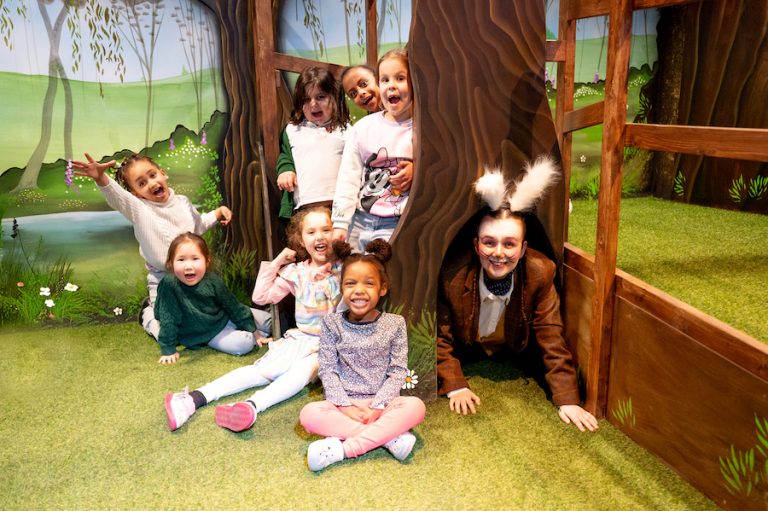
Head down the rabbit hole for Adventures in Wonderland with Z-arts
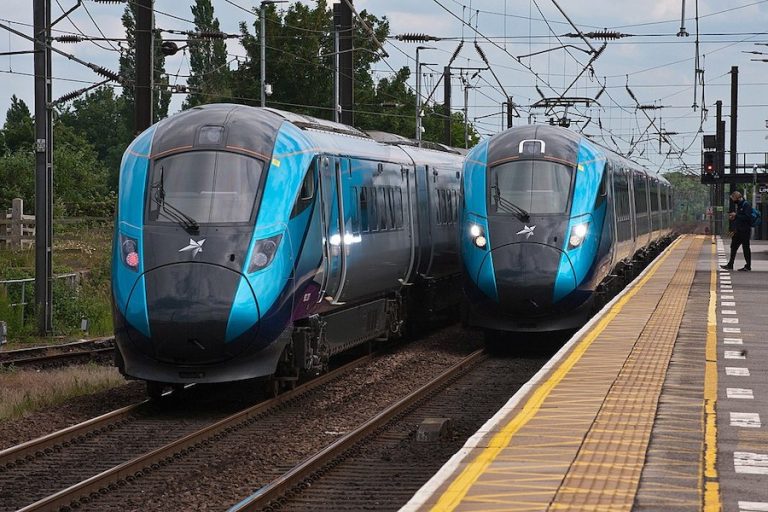
Major rail investment set to transform Manchester-Leeds commutes
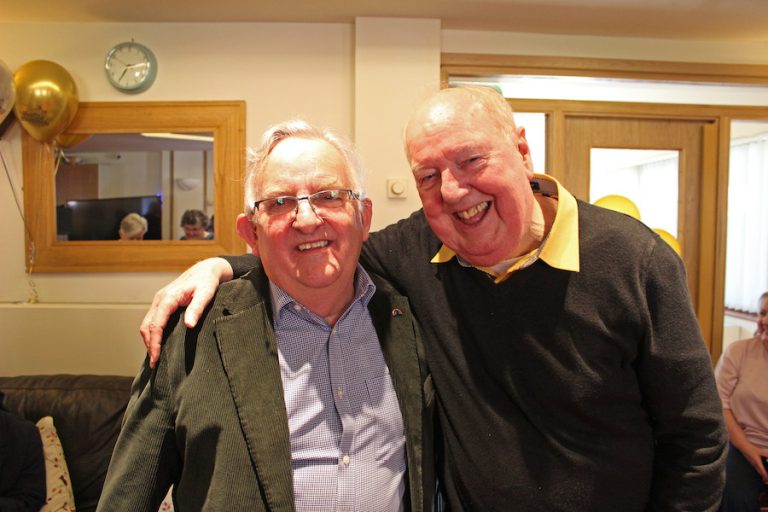
“His presence will be deeply missed” Children’s hospice bids farewell to their visionary CEO

Has Gordon Ramsay created Manchester’s ultimate bottomless brunch?

The Clink celebrates ten years of empowerment and second chances
